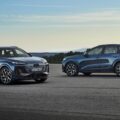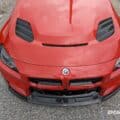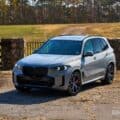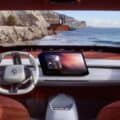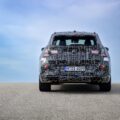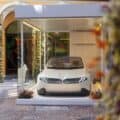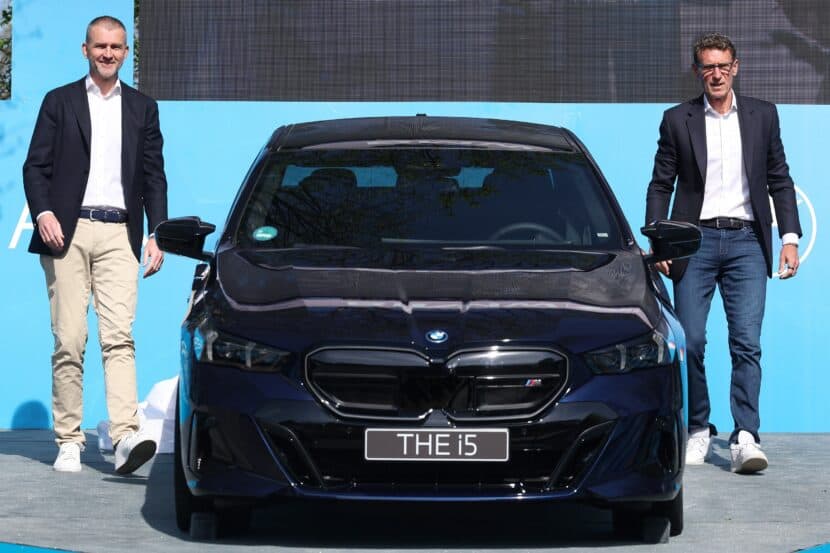Over the last few years, China has been cracking down on combustion engines, citing air pollution as the main reason. To reduce the CO2 footprint, the Chinese government have imposed strict rules on automakers who are now facing an uphill battle to produce more electric vehicles and plug-in hybrids.
“Just like all the others, we were below 6 percent last year, and I mean significantly below,” BMW China head Olaf Kastner told reporters at a press event here, where the carmaker has a joint venture with local partner Brilliance.
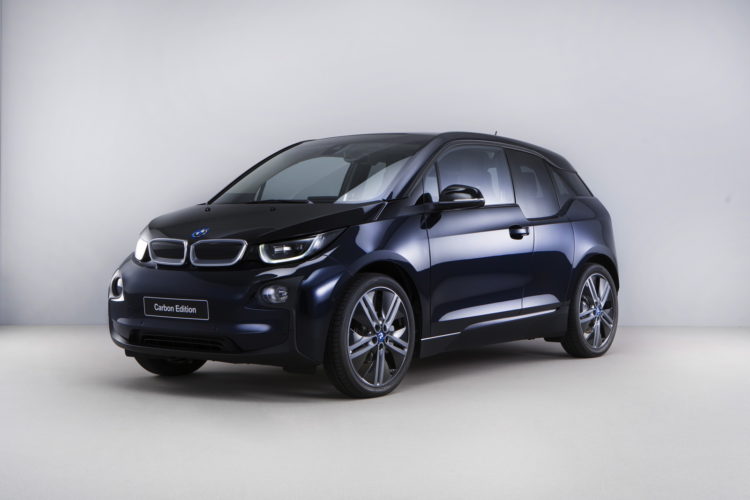
China is looking to assign a credit system for so-called New Energy Vehicles (NEVs) such as plug-in hybrids and electric cars to encourage the roll-out of zero and low emission technology while phasing out subsidies. China may mandate for NEV sales to rise from 8 percent of the new-car fleet in 2018 to 10 percent in 2019 and finally 12 percent in 2020.
But there is a little wiggle room considering credits are given depending on the powertrain with plug-in hybrids being weighted differently to EVs and fuel cell cars.
For a manufacturer such as BMW Brilliance, which built just over 300,000 cars last year, that would have meant a pro-forma target of 12,000 plug-in hybrids if the quota had been introduced in 2016.
Additionally, the battery has to be built locally all the way down to the cell, although that might be loosened. BMW struck a deal with Contemporary Amperex Technology Ltd. (CATL), China’s dominant cell player in the electric vehicle market.
[Source: AutoNews]




